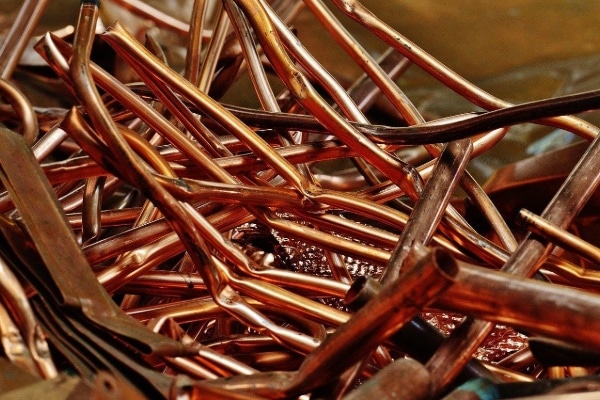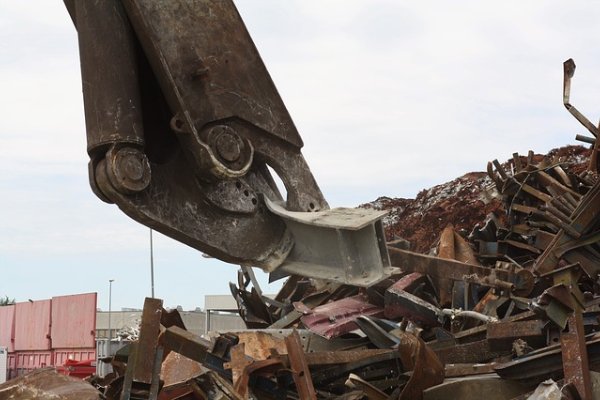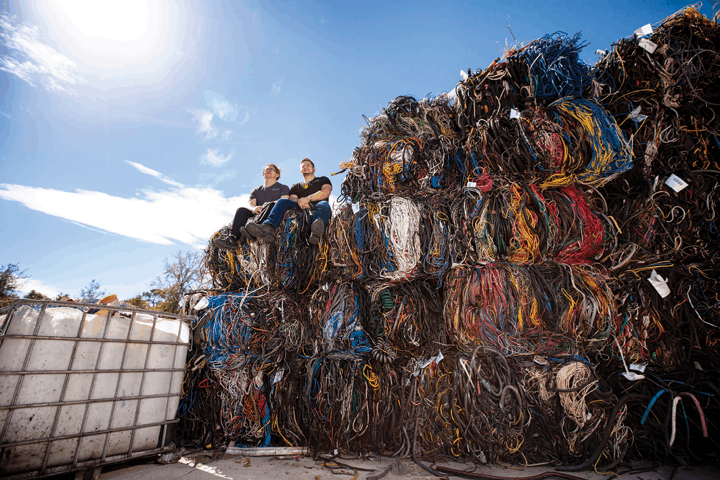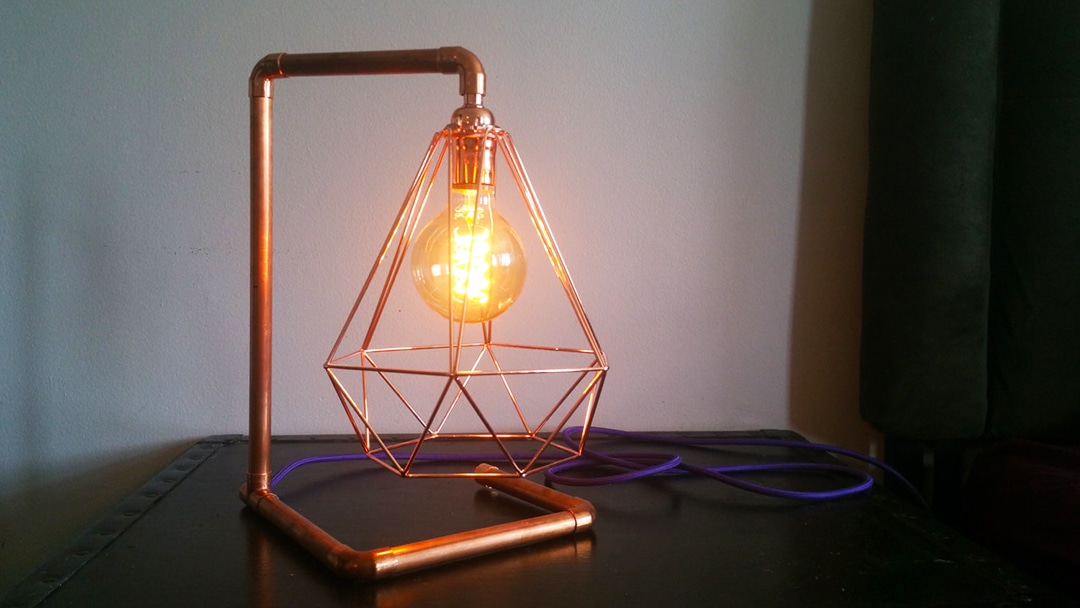
You’ve seen it kicking around your garage or backyard, taking up space and slowly becoming more and more of an eyesore – your old metal junk. You may have some left over from that remodeling job last year, maybe it’s wiring or even an old refrigerator that’s been broken and you don’t use anymore; all of it can be used in scrap metal recycling.
Regardless of where it came from or how long it has been there, you’re probably asking yourself, “what do I do about this, or how can I get rid of this?”. That is what we’re going to talk to you about today. You’ll learn all about the scrap metal recycling process, particularly how you can do it in three easy steps.
Step One: Collect your Metal
This may seem like an obvious step, but scrap metal recycling all starts with collection. Those old appliances or piles of wires and various other metal pieces need to be dragged out of the house, attic, backyard, or whatever black hole they’ve fallen into. This is the scrap metal separation phase.
Collecting your scrap also entails another obvious (or in some cases not so obvious) task, making sure that if your metal contained any liquids that they are empty. This means those empty soda and beer cans need to be drained and rinsed out. This isn’t too huge of a deal for drink cans, but if you have a car engine or boat motor that’s still full of oil, then it becomes much more important as it can be a safety issue for both you and those who will handle it later down the line.
Both of these steps are setting the stage for step two, finding out what kind of metal that you are trying to recycle.
Step Two: Determine What Kind of Metal you Have
Not all metal is the same, while there are different intricacies that differentiate each type, the most simple way of describing metal is by separating them into two types – ferrous and non-ferrous. However, for the purposes of this article we will be focusing on non-ferrous metals.
Common non-ferrous metals include copper, bronze, lead, brass, stainless-steel and aluminum. These can be found throughout your home in the form of wiring, piping, cans, appliances, plumbing and air conditioners. Some of these such as copper are easily identified just by looking at them.

- Non-ferrous metals generally will not stick to a magnet
- Non-ferrous metals are usually not susceptible to rust or tend to be very rust resistant
These aren’t always 100 percent, however, they are a good general guide. When you proceed to step three, contacting professionals, if you are unsure of what you have they can help clear up any identification issues.
Step Three: Contact Professionals
The final stage of the scrap metal recycling process, bringing it to a scrap metal facility. The best way to recycle your scrap is to bring it to GLE Scrap Metal. At the facility, GLE Scrap Metal workers will walk you through the process of what happens to your metal as well as guiding you through the facility to deposit items in the appropriate areas.

Why Recycle Scrap Metal?
You’ve made the effort to collect all your metal that’s laying around, some of it quite heavy and cumbersome. You’ve figured out exactly what you have and have it ready to go, then you ask. Why? What is the purpose of going through the time and effort to do all this?
Simply put, recycling scrap metal helps the Earth and you. When you recycle scrap metal it ensures that it doesn’t end up in a landfill and actually ends up being used again to make new products! In addition to reducing landfill waste, when scrap metal is recycled it has other environmental benefits.
According to The Balance Small Business, “the recycling of metals enables us to preserve natural resources while requiring less energy to process than the manufacture of new products using virgin raw materials. Recycling emits less carbon dioxide and other harmful gasses. More importantly, it saves money and allows manufacturing businesses to reduce their production cost. Recycling also creates jobs.”.
GLE Scrap Metal is a premier scrap metal recycler, GLE Scrap Metal performs environmentally-friendly processing and recycling of all base and precious metals. We purchase, process, and re-integrate all recyclable base metals.
Looking for Business solutions? GLE Scrap Metal provides options for Construction and Demolition, Renovation, and metal recycling solutions for any industry as well as transportation solutions for most of the continental US.
To find out more contact us or call us at 855-727-2788.



